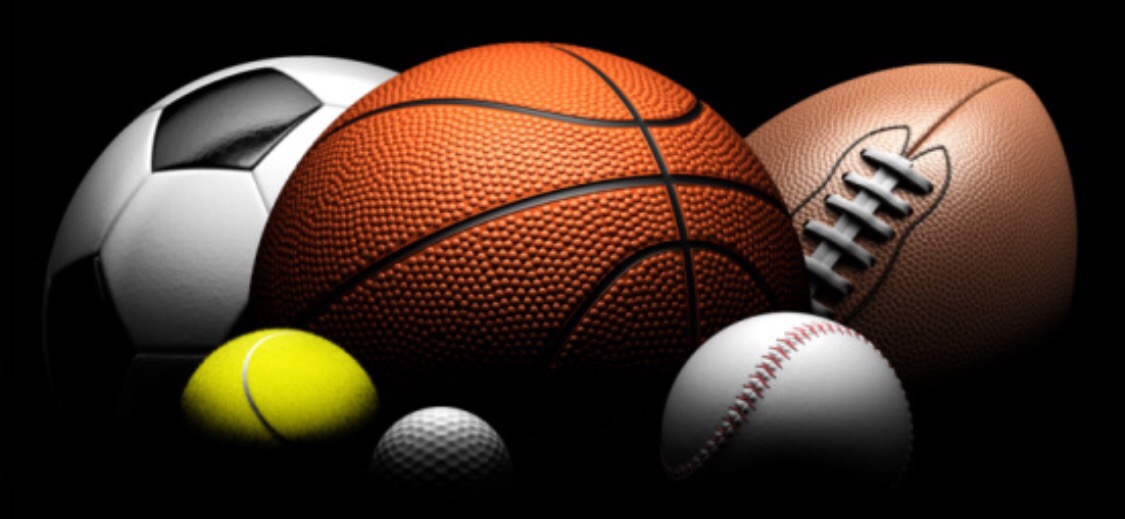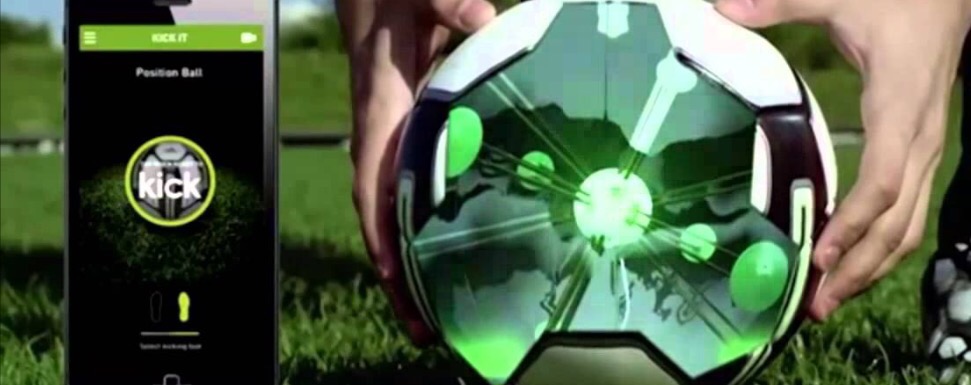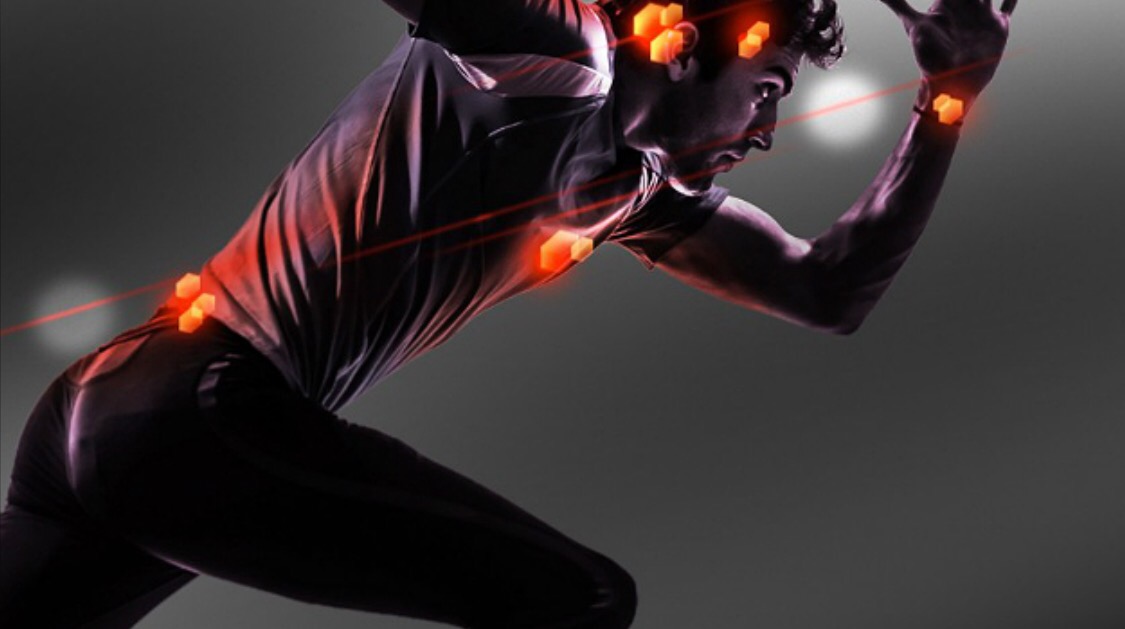Will technology change sports?
While technology may be changing the world around us, sport will always stay the same, won’t it? The answer to that question is a resounding no, according to a new report which predicts sweeping changes to the way sport is played and consumed around the world.

From ‘neurocoaching’ – training player’s brains to deliver ever-better physical performance – to the convergence of traditional sport and virtual competitions, the Future of Sports report looks at how almost every aspect of sport could transform. Here are six areas predicted to undergo a revolution.

By 2020, 7 billion people will be connected to the internet, representing several billion new sports fans joining the global marketplace for the first time.
Meanwhile, 5th-generation wireless coverage will give the world untethered connectivity at speeds necessary for streaming immersive virtual reality at 60 frames per second. This will drastically raise the potential audiences and revenue for every sport.

Coaches will have access to an ever-increasing stream of data to help them shape game strategies and real-time decision making.
Game scenarios will be simulated by active, independent decision-making AI models and powerful analytics models will be self-evolving using machine learning.
With sensors proliferating in jerseys, athletic wear and equipment there will unprecedented insights into performance which also provide a never-ending stream of micro-outcomes for sports bettors to wager on.
As low-cost gene sequencing goes mainstream, teams will build genetic performance profiles to personalize each player’s nutrition and fitness protocols.
Meanwhile, in stadiums virus-hunting nanobots, applied via an inert spray at the entry and exit gates, would return fans and players home with fewer germs than when they arrived.
3D printing and manufacturing will drastically reshape the sports supply chain. Better products will be designed more quickly and delivered in near real time.
In-stadium 3D printing will allow teams to personalize memorabilia for fans, while commercial printing make highly personalized player equipment design and manufacturing possible.
You must be logged in to post a comment.